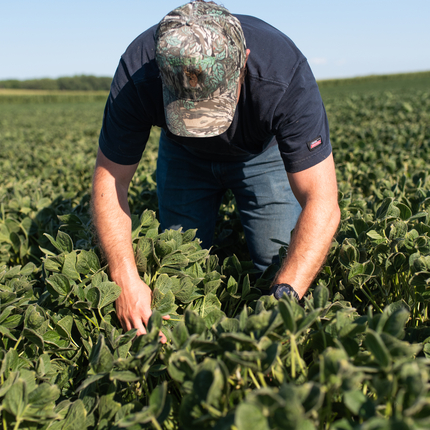By Kate Hansen, former staff member
All farmers and ranchers need to manage risk, and federal crop insurance is one tool available to help them do so. At the Center for Rural Affairs, we believe operations of all types and sizes need to have information to make the best decisions for their success. For many years, this approach has led us to conduct educational outreach on crop insurance.
Over the past year and a half, we have focused our efforts on supporting those growing small grains—specifically wheat, oats, rye, and barley—to help them navigate their coverage options.
Producers grow small grains for a variety of reasons, including their conservation benefits, the requirements of organic certification, and local niche markets they have identified. However, crop insurance for small grains can be more difficult to navigate than that for crops like corn and soybeans.
As part of the project, the Center has engaged with more than 100 producers from across the Midwest and Great Plains through conference sessions, presentations, and one-on-one support. We also hosted listening sessions about risk management for small grains with 12 producers from Nebraska, Iowa, Kansas, and Minnesota.
“In addition to (more technical strategies), groups like this—knowledgeable farmers and friends—are huge for risk management,” one participant said.
In another instance, we provided one-on-one support to an Iowa farmer who was making a shift in his operation to include significantly more oats. He knew he needed to protect his oat crop from perils like hail and moisture, but he had never insured it before. The farmer worked alongside our staff to explore options and ultimately purchased coverage well-suited to his operation.
Most recently, the Center released a set of educational materials: fact sheets on the options for four different small grains. These resources are available on our website at cfra.org/publications.
As we continue our efforts to make sure crop insurance is accessible to all types of operations, we are planning educational opportunities for small operations making less than $100,000 per year, as well as organic operations. We also plan to share how conservation practices interact with crop insurance and make sure materials are available in English and Spanish.
Photo by Kylie Kai.





